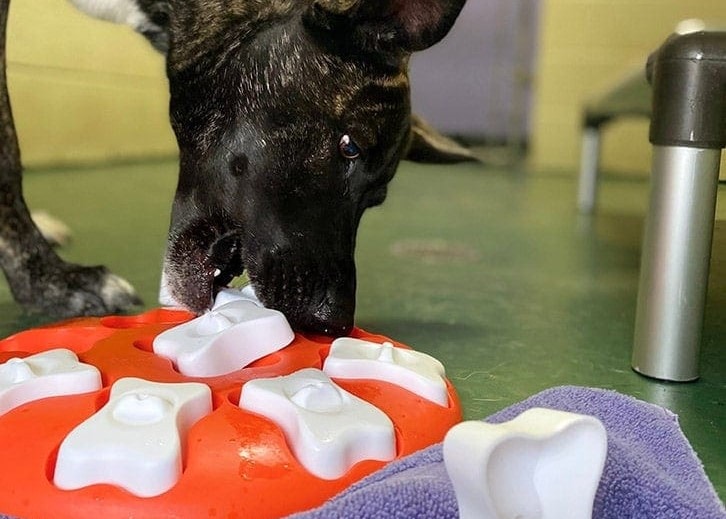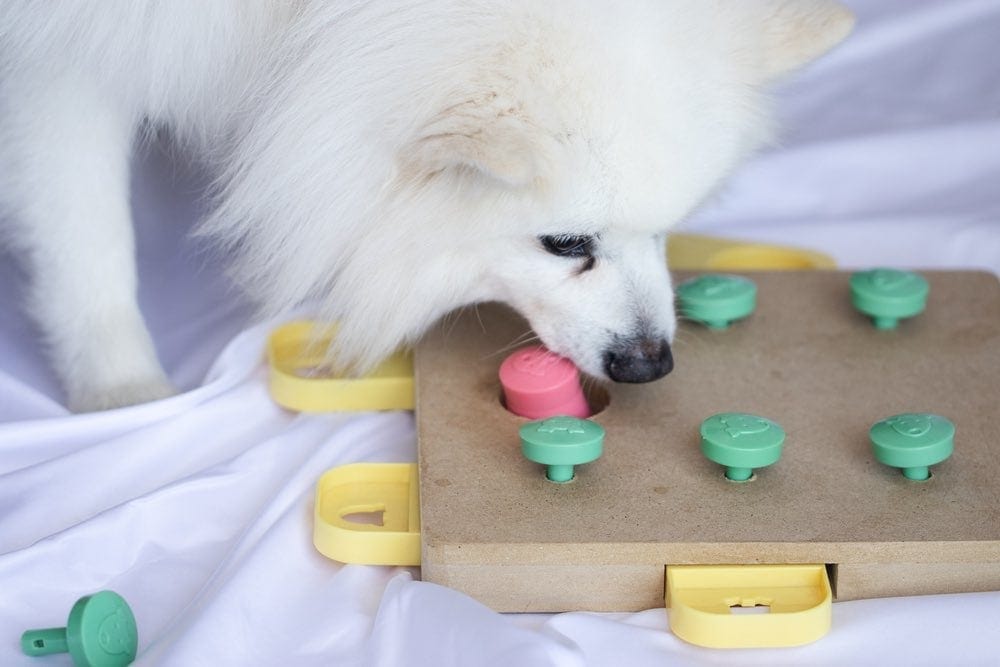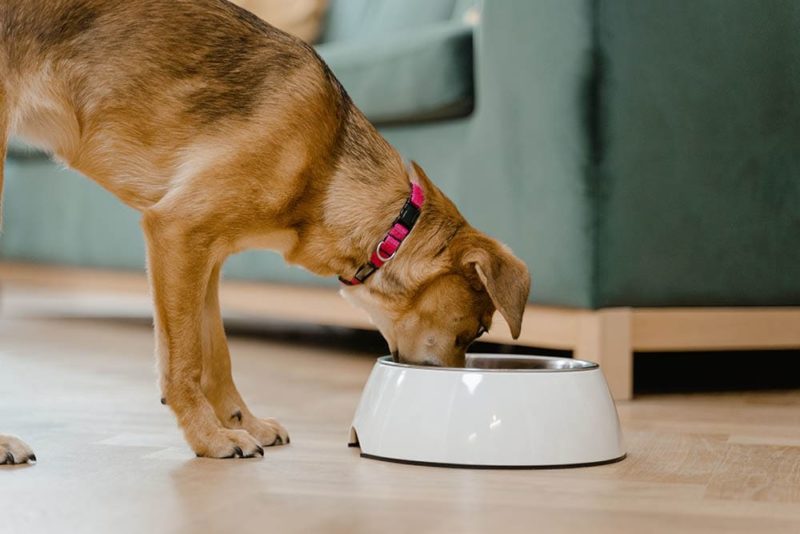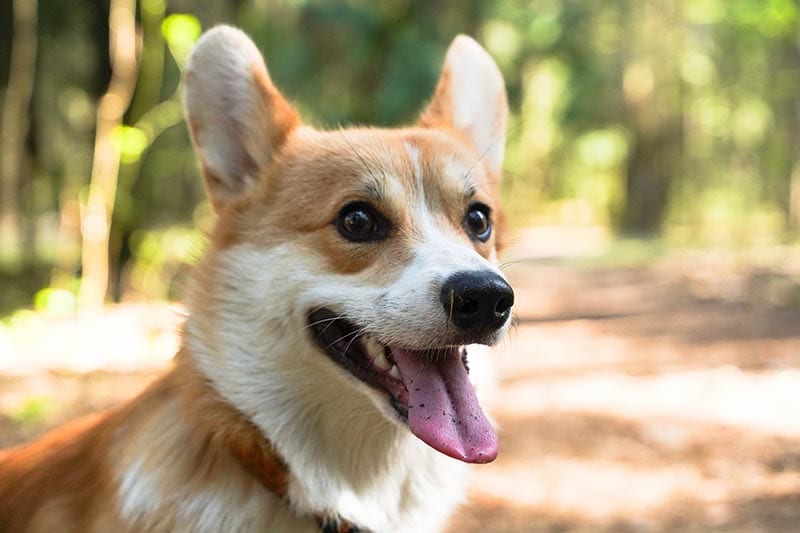How Do I Get My Dog Interested in Puzzle Toys? 5 Tips & Tricks
Updated on

Puzzle toys can be a beneficial tool for training your dog, exercising their brain, and burning excess energy. There are a ton of puzzle toys on the market, seemingly with new ones coming out every day. It can be difficult to get your dog interested in puzzle toys, though. This is especially true if your dog gets frustrated and gives up on new things quickly. Here are some of the best ways to help your dog get interested in puzzle toys.
Top 5 Tips to Get A Dog Interested in Puzzle Toys
1. Start Slow
The key to getting your dog interested is to prevent your dog from becoming frustrated. The simplest way to do this is to start slowly with puzzles. Slowly introduce puzzle toys to your dog, don’t suddenly replace half of their toys and activities with puzzles every day. It’s a good idea to start with one or two simple puzzles and only use them a handful of times per week to keep your dog interested.
2. Start Easy
No matter how smart you feel like your dog is, it’s ideal to start with a simple puzzle and work up to more difficult puzzles. Simple puzzles are less likely to frustrate your dog and more likely to help your dog learn that there is a reward associated with puzzles. Don’t forget that your dog may need your guidance to learn how to solve new puzzles.
Remember that your dog’s perception of the difficulty of a puzzle is completely different from your perception of puzzle difficulty. Most commercial dog puzzles have difficulty levels marked right on them, so use this as a guide.

3. Provide Value
Puzzle toys are a great way to help your dog earn access to high-value rewards. These rewards can vary between dogs, so use what your dog loves the most. The more high-value the reward, the more interested your dog will be in participating in solving the puzzle. Don’t forget to support your dog through solving the puzzle to avoid frustration. If your dog can smell their favorite high-value reward, but they can’t figure out how to access it, frustration is inevitable.
4. Lots of Praise
Praise your dog! Every time they solve a portion of the puzzle, give praise. Every time they access a treat, give praise. Every time your dog shows an interest in the puzzle, provide praise. The more positive reinforcement you give throughout puzzle training and play, the more likely your dog will be to happily participate in puzzle solving every time it’s offered.

5. Mix Things Up
Over time, your dog may get bored if you only provide one puzzle over and over. Offering a selection of puzzles, especially once your dog is getting comfortable with solving puzzles, can help keep your dog interested. Once your dog figures out how to solve a puzzle, they may get bored if you don’t provide new challenges.
 Conclusion
Conclusion
Puzzles are a great way to entertain your dog and help build their confidence. They can also help enhance your dog’s intelligence and provide a way to burn excess energy between walks or on days when the weather may not allow for much exercise. Start small and easy when it comes to puzzles, and don’t just throw a puzzle at your dog and expect them to solve it. It’s necessary for you to help your dog learn how to solve puzzles and to support them while they work through puzzles, whether they’re a new or experienced puzzle solver.
Featured Image Credit: Ryan Brix, Shutterstock











